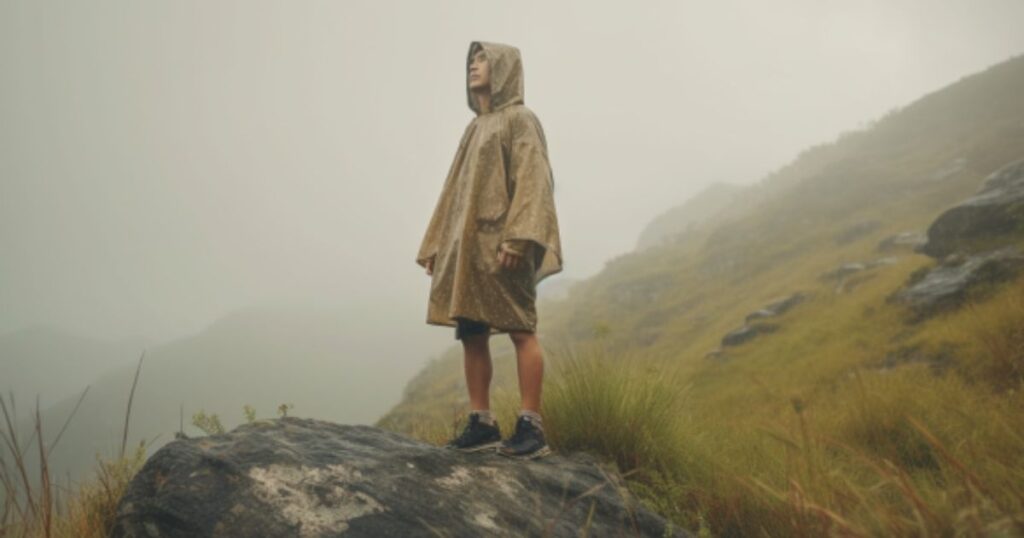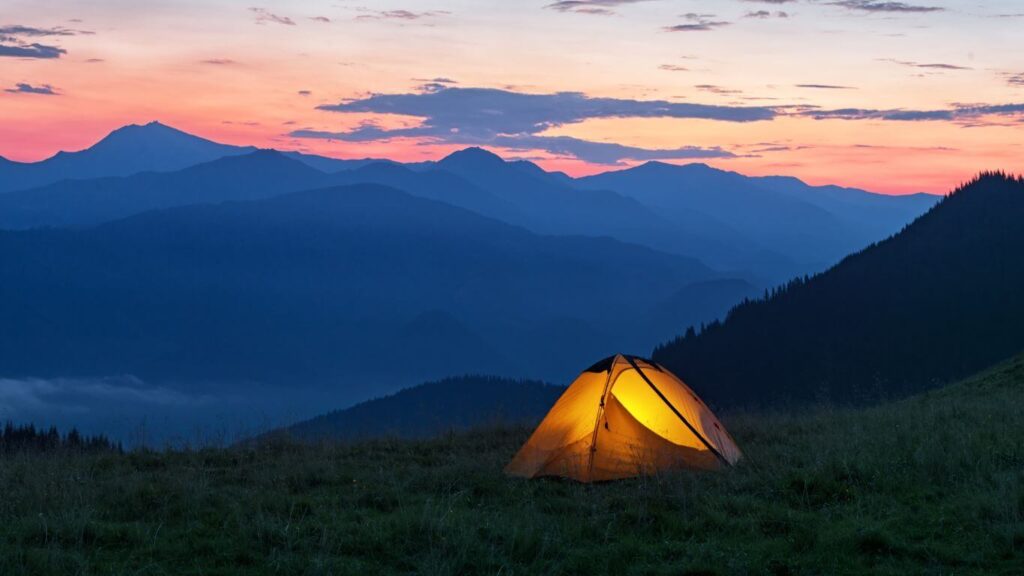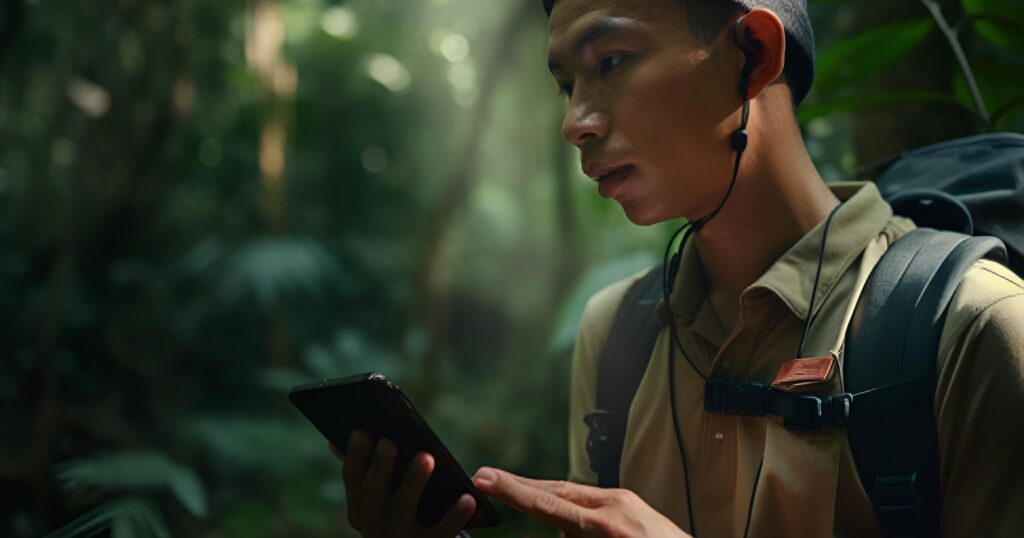- Lightweight and breathable, perfect for hot and humid Philippine weather.
- Excellent traction and flexibility for navigating uneven terrain.
- Allows for greater freedom of movement.
- Ideal for hiking, trekking, and trail running.
FOOTWEAR FOR THE MODERN ADVENTURER
Philippine wilderness adventure? Don't trip up on footwear! From trail shoes to flip-flops, we'll cover it all. Just watch out for rogue rocks and muddy flip-flop fiascos. Here are the common footwear based on their design and construction.
1. TRAIL SHOES

Trail shoes are lightweight and breathable footwear that is perfect for hiking, trekking, and trail running in the Philippine wilderness. They provide excellent traction and flexibility, allowing you to navigate uneven terrain and rocky paths with ease. The low-cut design does not cover the ankles, which provides greater freedom of movement.
-
Pros
-
Cons
- Limited ankle support, which may increase the risk of sprains or injuries.
- Less protection against debris, rocks, and insects compared to higher-cut footwear.
- May not be suitable for trails with dense vegetation or thorny plants.
2. TRAIL BOOTS

Trail boots are sturdy, high-cut footwear that provides excellent ankle support and protection against rugged terrain. They are designed for more challenging trails in the Philippine wilderness, where ankle stability is crucial. Trail boots are made of durable materials, providing added protection against debris and rocks.
-
Pros
- Provides excellent ankle support, reducing the risk of sprains or injuries.
- Better protection against debris, rocks and insect.
- Suitable for challenging trails with uneven terrain and dense vegetation.
- Durable and long-lasting.
-
Cons
- Heavier and less breathable compared to trail shoes, may cause discomfort in hot and humid weather.
- Less flexibility, which may affect natural foot movement.
- May require a longer break-in period.
3. SANDALS

Sandals are lightweight and breathable footwear that is perfect for water crossings, beach hikes, and camping in the Philippine wilderness. They are open-toe and provide maximum airflow, making them ideal for hot and humid weather. Sandals are also quick-drying, making them suitable for water-based activities.
-
Pros
- Lightweight, breathable, and quick-drying, perfect for hot and humid weather.
- Ideal for water crossings, beach hikes, and camping near water bodies.
- Provides maximum airflow, reducing the risk of blisters and odor.
- Easier to put on and take off.
-
Cons
- Minimal protection against debris, rocks, and insects.
- Limited ankle support, which may increase the risk of sprains or injuries.
- Not suitable for trails with dense vegetation or thorny plants.
- May not be as durable as trail shoes or boots.
4. FLIP-FLOPS

Flip-flops are simple, lightweight, and easy-to-wear footwear that is perfect for casual camping, short hikes, and beach walks in the Philippine wilderness. They are affordable and convenient, making them a popular choice for many outdoor enthusiasts. However, flip-flops are not recommended for challenging or rugged trails.
-
Pros
- Lightweight and easy to wear, perfect for casual camping and beach walks.
- Affordable and convenient.
- Provides maximum airflow, reducing the risk of blisters and odor.
-
Cons
- Minimal protection against debris, rocks, and insects.
- No ankle support, which increases the risk of sprains or injuries.
- Not suitable for challenging or rugged trails and dense vegetation.
- Limited durability and may not last long in rough
TREAD CAREFULLY

No footwear can guarantee slip-proof, especially on muddy trail or mossy rocks.




















